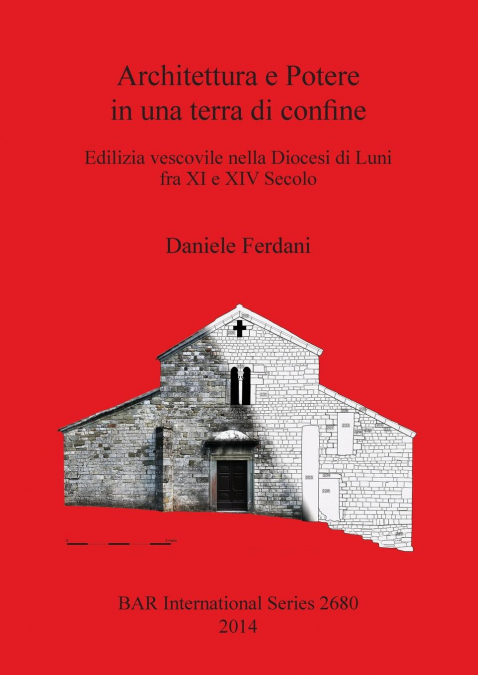
Daniele Ferdani
Local architectural heritage is an expression of a long-lasting circle of traditions and oral knowledge fostered from one generation to another and revealed through simple or complex architectural realities. It is also a manifestation of economic and social impact on the landscape. Given this assumption, this volume, by means of new building archaeology research approaches, debates the development and the organisation of the fortified architectures, settlements and centres during the medieval age in the historical area of Luni (Lunigiana), a sub-cultural region that stands between Tuscany and Liguria (Italy). The author portrays a complete and summarized picture of the development of the power of the bishopric in the Luni area, promoter of the seigniorial territorialization and castle-building, between the 10th and 14th centuries. The study of the historical architectures adopts a multifaceted methodology that combines building archaeology such as wall stratigraphic relationships, building phases, type-chronology of the architectural elements, and masonry techniques analysis together with more recent dense image modeling and 3D reconstruction techniques.